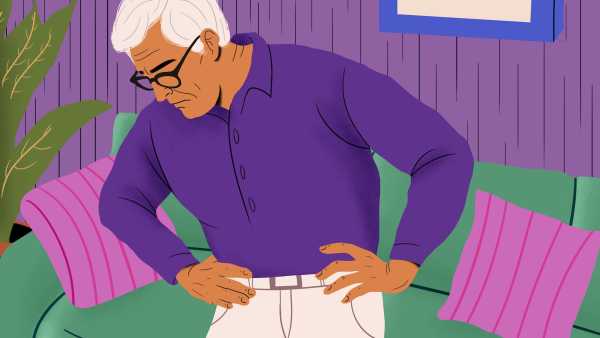
In a Jan. 24 image, a police officer stood guard outside of Huanan Seafood Wholesale Market, where some reports suggested the pandemic began.
The first case of SARS-CoV-2 didn’t emerge from a Wuhan wet market, according to experts at the Wuhan Institute of Virology (WIV).
Instead, the live animal market may have been the site of a superspreader event, where one person spread the virus to many other people, one US-based expert told Live Science.
Since the early days of the coronavirus pandemic, reports have suggested that SARS-CoV-2 (the virus that causes COVID-19) jumped from animals to humans in Wuhan’s Huanan Seafood Wholesale Market. Now, experts at the WIV have said publicly that the theory was wrong, and that the virus must have originated elsewhere, according to a Wall Street Journal report.
“I haven’t seen anything that makes me feel, as a researcher who studies zoonotic disease, that this market is a likely option,” said Colin Carlson, a professor at Georgetown University who studies the spread of such zoonotic viruses, which transmit between animals and humans. Carlson does not work for the WIV.
The theory was plausible, he said. For a virus to jump from animals to humans, the animal host needs to come into contact with humans somewhere. And viruses often jump from one animal to another before breaking into the human population. In fact, the genome of SARS-CoV-2 is most closely related to coronaviruses isolated from horseshoe bats in China. From there, scientists suspect the virus may have jumped to another animal and then hopped to humans. Wet markets, where lots of different species of live animals are clustered, and lots of humans come into contact with them, offer opportunities for that sort of transmission. And the outbreak of another coronavirus, dubbed SARS, began at a similar market in 2002, after that virus spread from bats to civets.
A number of early cases of the outbreak in Wuhan were tied to the Huanan Seafood Wholesale Market. Later, researchers took environmental samples that suggested the virus had landed on surfaces in the market. But in the period since, tissue samples from the market’s animals have revealed no trace of the virus. For the virus to jump from animals to humans, the animals have to actually be carrying it.
“None of the animals tested positive. So since January, this has not actually been particularly conclusive. But this has developed into a narrative,” he said.
Carlson said his colleagues in China have been careful and precise in their work, publishing data according to international regulations that any scientist anywhere in the world can examine, and that strongly supports the conclusion that the Huanan Seafood Wholesale Market wasn’t the source of the virus.
One reason this idea has gained such traction is that it dovetails with conservation efforts. Many wet markets sell exotic, endangered and highly trafficked animals such as pangolins. And it would be a victory for animal conservation, he said, if markets like this one were shut down after being blamed for the disease. But that doesn’t mean that the evidence is there.
“This is an animal-origin virus that made the leap, maybe from bats to humans, maybe through… another animal, maybe through livestock. And we don’t have the data yet to know where or how,” he said. “That takes time. The study that really definitively showed the bats that SARS came from was published in 2017,” roughly 15 years after the outbreak first occurred.
“It took that long to go through caves, to go through samples, and build an evidence base where we could confidently say: ‘This was the sort of bat, in this cave, at this time,” Carlson said.
So when will we know for sure where SARS-CoV-2 came from? Ruling out one site took a few months. Finding the definitive origin site will likely take much longer, he said.
Sourse: www.livescience.com





